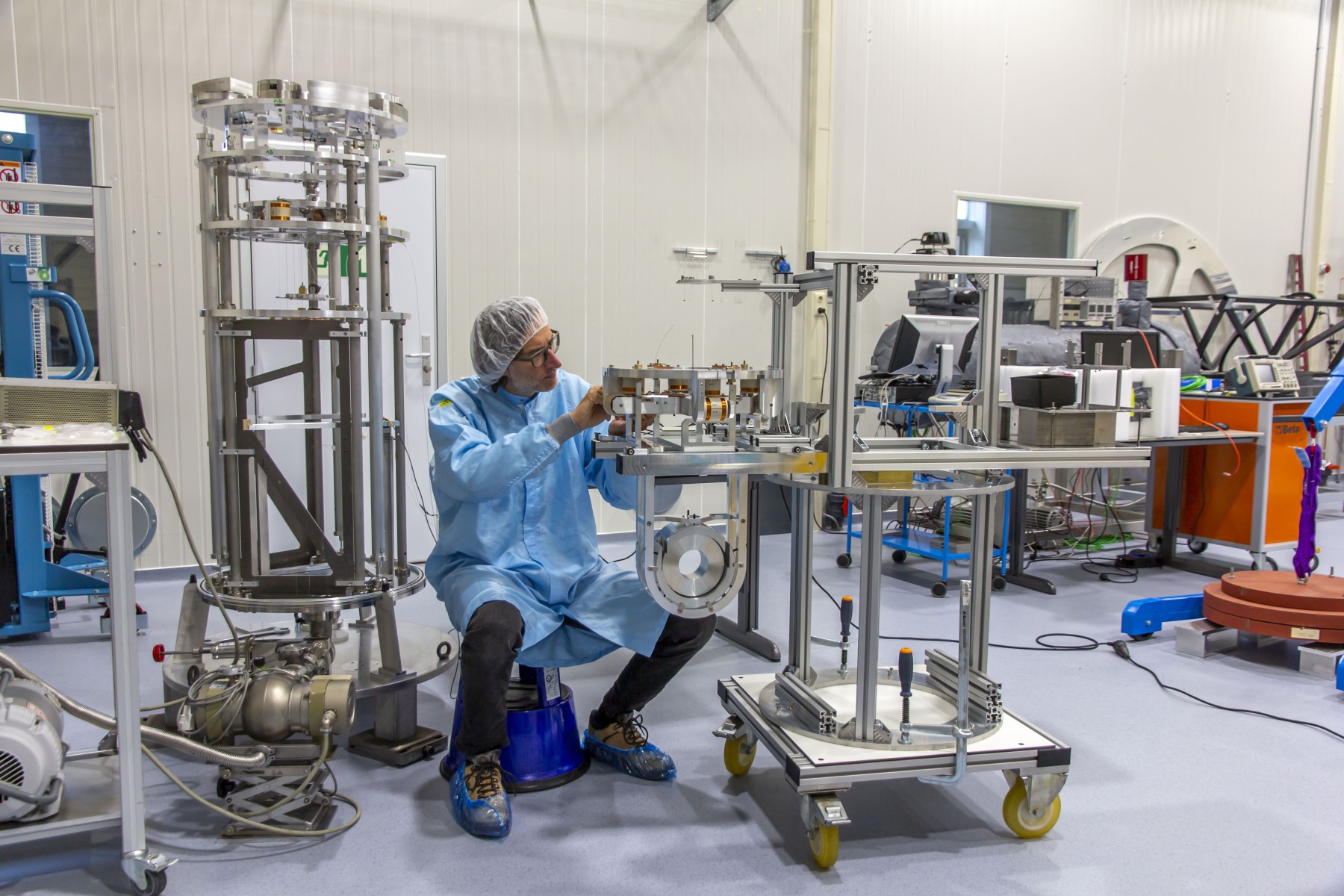
 |
| Fig. 43: ET-Patfinder, a testing facility for the future Einstein Telescope is being build in Maastricht |
After a rule by the Eburones, Romans, Franks, Liège people, Germans, Burgundians, Spaniards, Austrians, French and Dutchmen, after religious quarrels between Catholics and Protestants and between chapters, after quarrels between urban and military authorities, after many captures and even more sieges, there is currently a new peace in the city: not a pax romana, but a pax intellectus, a peace of understanding, of understanding each other, of giving each other space. Present-day Maastricht has undergone a revolution from a poor and hard industrial city to a knowledge and services city where mutual understanding wants to predominate. A city that thirty years ago could have easily become a Florida on the Maas, but has chosen instead to become a University on the Maas. A city that wants to compete with Liège and Aachen, the sister cities with which Maastricht has been working together for almost two millennia. In that context, the surroundings of the Onze Lieve Vrouwe-complex have changed enormously. From Roman center and first urban core, to a religious immunity that has endured for more than a millennium. After the French revolution, the industrial revolution and, more recently, the knowledge revolution started here. In addition, Maastricht developed from a city of poor and hard workers to a city of residents and visitors alike who enjoy the good life. Strolling slowly in chic attire on the Onze Lieve Vrouweplein is a common and accepted pastime! The former cemetery of the chapter of Our Lady is now an enchanting square, the former parking lot a terraced place where life is good–where institutions and residents, carnival and religion still meet. A city that is distinctive for the Netherlands and still somewhat autonomous. That's Maastricht!
| Fig. 44: Silhouette of Maastricht, dominated by many towers, by Simon de Bellomonte, in 1580 |
Reference:
Ubachs, P.J.H., & I.M.H. Evers, Historische Encyclopedie Maastricht, Zutphen 2005.